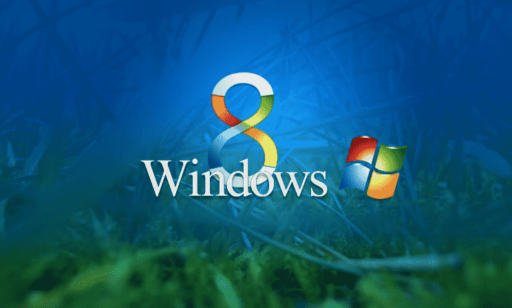Intel exec shares more on Microsoft’s Windows 8 plans, will come in two major varieties: a traditional version with legacy application support and an ARM version that will not support legacy applications. The Windows 8 traditional version will have a Windows 7 mode for backwards compatibility and Windows 8 on ARM is primarily targeted at mobile and tablet platforms………..
Intel Senior Vice President of Software and Services Renee James’ comments about Windows 8 during Intel’s shareholders meeting this week, but even the fact that James called Microsoft’s next-generation operating system by its codename will no doubt, be ill-received by the powers-that-be in Microsoft’s Windows division.The software giant is currently compiling Windows 8 E editions, despite axing the version shortly before the release of Windows 7. Microsoft originally started compiling E editions of Windows 7, which do not include Internet Explorer, during its beta phase in early 2009. Microsoft was forced to create special European editions of Windows 7 after the European Union originally accused Microsoft of anti-trust violations back in January 2009. The E editions of Windows 7 were scrapped after, in July 2009, Microsoft proposed a ballot screen to allow users to pick their default browser in Windows XP, Vista and 7. The European Commission accepted Microsoft’s plans in December 2009 after the software giant agreed to randomize the ballot screen due to several complaints from rival software companies.
WinRumors has discovered references to E editions of Windows 8 inside recently leaked builds. Microsoft also appears to be compiling multiple SKUs of its Windows ARM offering:
ARM.Starter=00342
ARM.StarterN=00345
ARM.StarterE=00348
ARM.HomeBasic=00346
ARM.HomeBasicN=00358
ARM.HomeBasicE=00349
ARM.HomePremium=00359
ARM.HomePremiumN=00362
ARM.HomePremiumE=00351
ARM.Professional=00371
ARM.ProfessionalN=00376
ARM.ProfessionalE=00352
ARM.Enterprise=00392
ARM.EnterpriseN=00403
ARM.EnterpriseE=00355
ARM.Ultimate=00426
ARM.UltimateN=00432
ARM.UltimateE=00356
It’s not immediately clear why the company is still creating E versions of Windows. The step could be part of a legacy build process at Microsoft or a precaution against any further investigations into Microsoft’s Internet Explorer Windows integration. Microsoft appears to be building multiple offerings of its Windows ARM version. Starter, Home Basic and Premium, Professional, Enterprise and Ultimate are all accounted for in Windows 8. Microsoft held a special press event at the Consumer Electronics Show in Las Vegas in January to introduce a technology preview of Microsoft’s Windows ARM support and show off an early build of Windows 8. Microsoft is partnering with ARM-based manufactures NVIDIA, Qualcomm and Texas Instruments to produce new Tablet devices.Microsoft is currently working on a Windows 8 “immersive” tablet user experience. However, the company may introduce Windows 8 ARM based tablets ahead of a full desktop release. Microsoft’s competitive tablet strategy is believed to be further along than expected. Dell’s recently leaked Tablet Roadmap revealed that the OEM has marked Q1 2012 as its date for a Windows 8 based slate.
James’ statement doesn’t contradict the little that Microsoft execs have shared about the company’s future Windows plans. Here’s a clip from Microsoft’s January 5, 2011, press release, which outlined Microsoft’s plans to support system-on-a-chip (ARM) processors with the “next version of Windows.”
“Microsoft Corp. today announced at 2011 International CES that the next version of Windows will support System on a Chip (SoC) architectures, including ARM-based systems from partners NVIDIA Corp., Qualcomm Inc. and Texas Instruments Inc. On the x86 architecture, Intel Corporation and AMD continue their work on low-power SoC designs that fully support Windows, including support for native x86 applications. SoC architectures will fuel significant innovation across the hardware spectrum when coupled with the depth and breadth of the Windows platform.”
During CES, Sinofsky said that “normal” Windows software will continue to run on Intel’s SOC with the next version of Windows without requiring any rewrites, according to ZDNet colleague Ed Bott. But he never promised “normal” Windows apps would run on ARM. Instead, Sinofsky only said Microsoft will insure that Microsoft Office will run on ARM SOC systems going forward. The ARM versions of Windows 8 are designed for tablets/slates and other devices where low-powered chips would be appropriate.Microsoft‘s decision to tap the ARM architecture is primarily driven by the fact that most of the current breed of Windows tablets running on Intel chips return poor battery life and the tablet landscape has been altered with the launch of Apple’s slimmer and lighter iPad 2, a format which has been followed by Samsung as well in its ultra-slim tablets – Samsung Galaxy Tab 10.1 and 8.9.
[ttjad keyword=”microsoft”]



